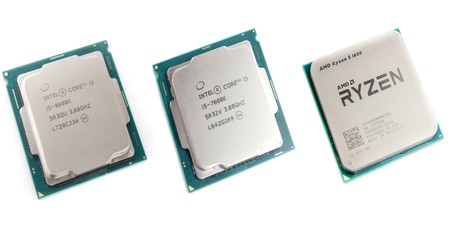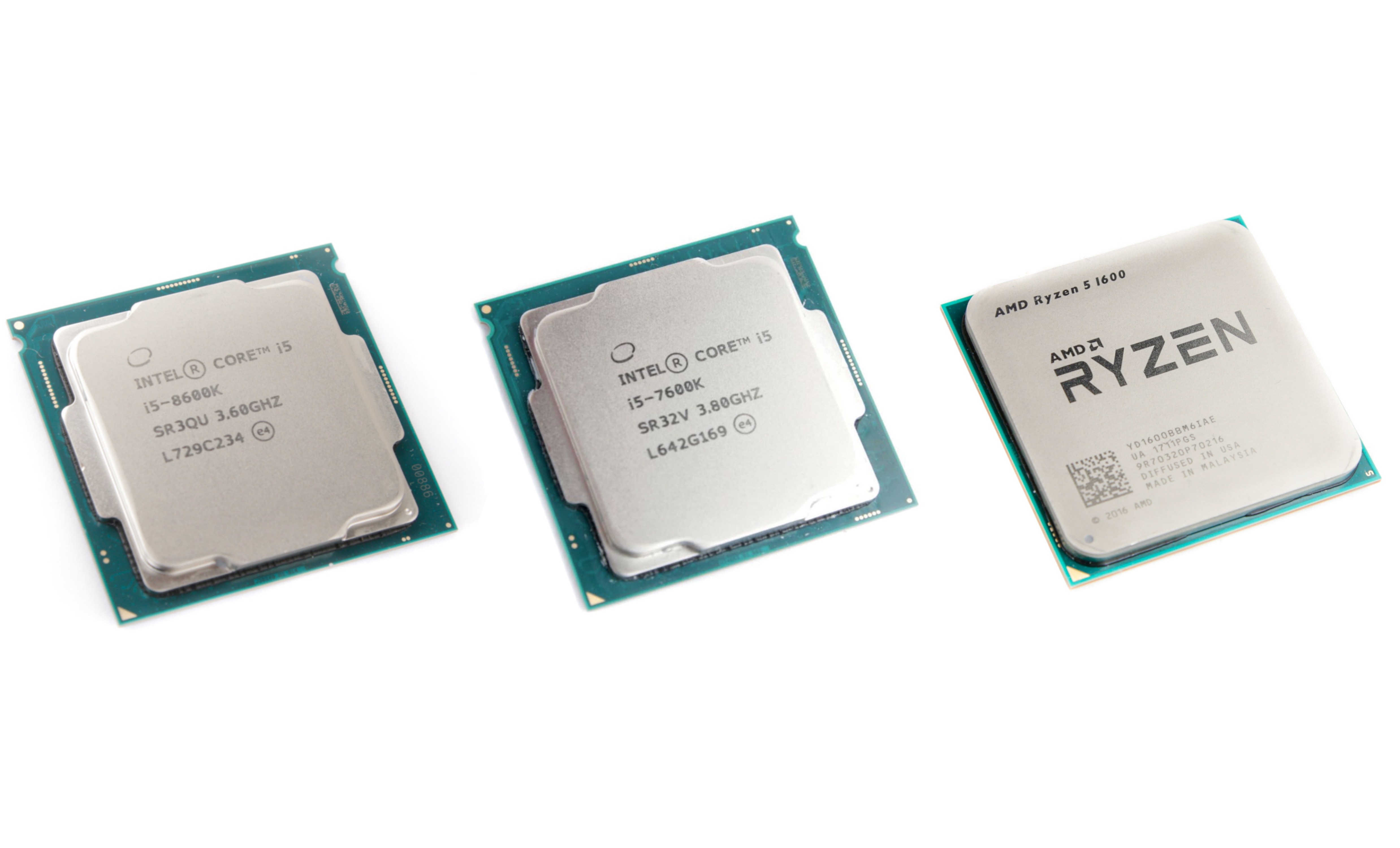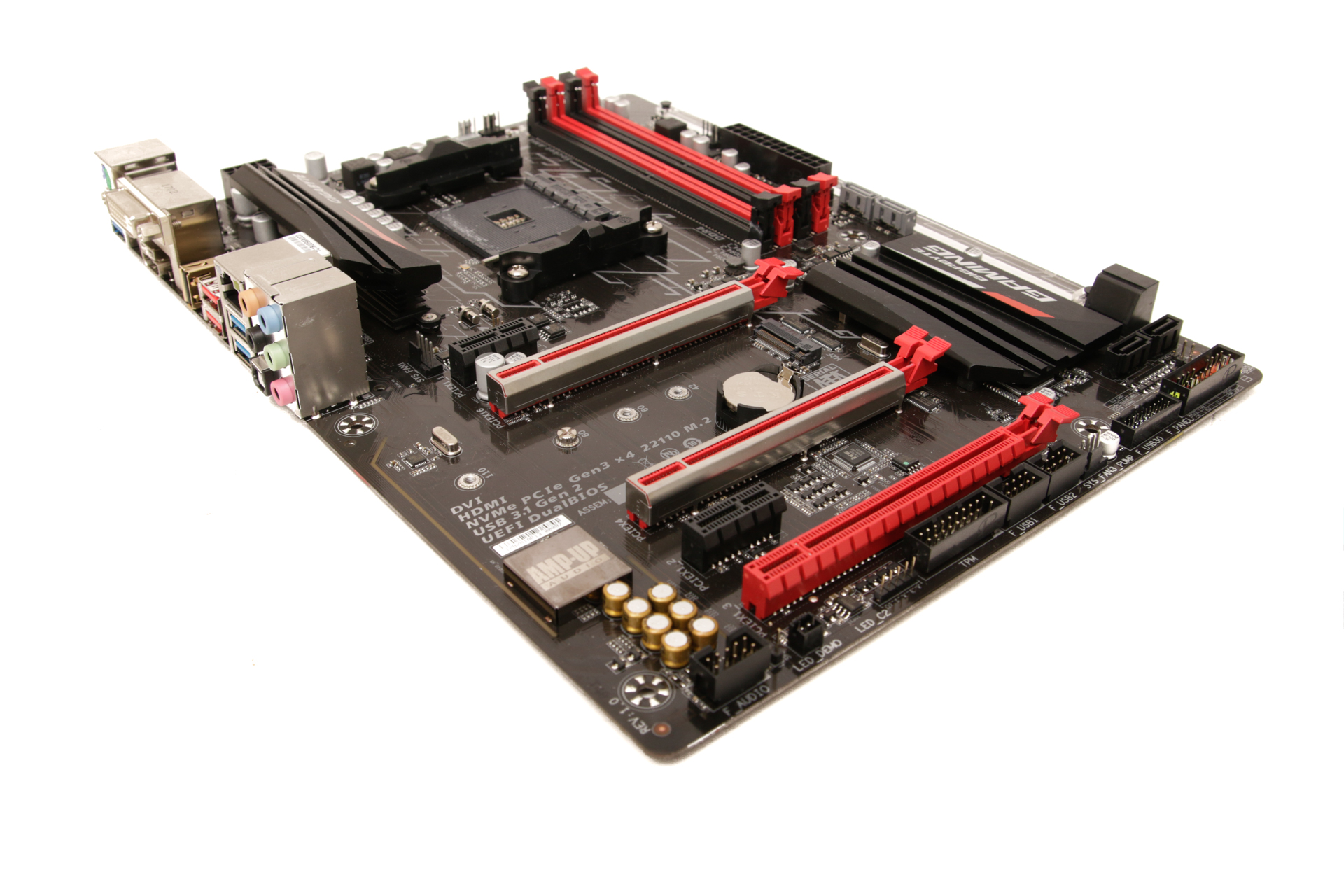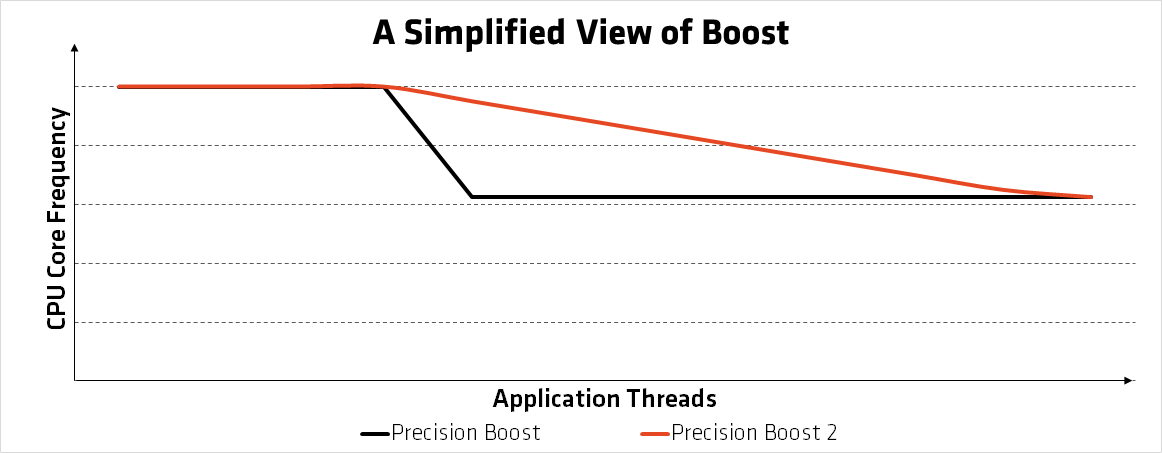
Despite the debacle surrounding Coffee Lake and the fact the CPUs aren't compatible with previous generation motherboards, I'm a big fan of Intel's new mainstream CPUs. They overclock ridiculously well given the likes of the Core i7-8700K has received a 50 percent core count increase, giving it a lead over AMD in lightly-threaded applications and not too inferior performance in multi-threaded applications compared to AMD's eight-core Ryzen 7s despite a two-core deficit.
The core boosts, which span the entire range, are very welcome in an age when more and more people are dabbling in the likes of video editing, 3D rendering, and photo editing, and games are finally starting to make use of more than a couple of cores. Coffee Lake is an important product to plug the gap in the mid-range where AMD carved out huge chunks of the market with Ryzen, especially for the all-rounder CPU.

For instance, back in April when the Ryzen 5 series launched, if you wanted an affordable CPU with some serious multi-threaded grunt for a range of tasks, the Ryzen 5 1600 and 1600X were a dream come true and usurped the Core i5-7600K as the £200-ish CPU of choice as a great multi-purpose CPU. Coffee Lake has arguably reclaimed that crown, but Black Friday discounts have seen AMD's six-core CPUs fall in price dramatically, with the Ryzen 5 1600 retailing for just £180, which is £100 cheaper than the Core i5-8600K.
AMD has had a good year too, of course, and those recent price cuts extended across AMD's CPU ranges, making Ryzen and Threadripper CPUs even better value than they were earlier this year. Those prices might have risen after the usual November/December sales, but most CPUs are still cheaper now than they were at the start of November and much more so than at launch.
Coffee Lake, meanwhile, is increasingly looking like a stop-gap measure before we see new chipsets and CPUs in 2018. The busy launch schedule that's shaping up for next year is exciting, but at the moment, there's a huge gap in the low-end for Intel with the lack of any non-Z370 chipsets. The cheapest boards I could find still retail for £110 or more, and this makes selling the likes of the Core i3-8100 and Core i5-8400 difficult given that they're not overclockable and Z370 is thus somewhat wasted on them. This is a shame, as the Core i5-8400, for example, is easily a match for AMD's Ryzen 5 six-cores, but AMD has the advantage that cheaper chipsets such as A320 and B350 are available and cost as little as £44. If you're not overclocking, these are perfect.

Yes you'll need a discrete graphics card with an AMD Ryzen system, but these can be had for around £20, so you're still saving compared to Intel, which, due to the fact there are no cheap boards around yet, means that despite Coffee Lake sporting onboard graphics, there's no possibility of building a small, cheap, discrete GPU-less rig just for video editing and the like. I do wonder whether Intel, if it could, would have been better off at the moment allowing 200-series chipset boards to be offered with Coffee Lake compatibility. As it stands, if you're on an extremely tight budget, AMD is the way to go despite the fact that on their own, the low to mid-range Coffee Lake CPUs are actually quite good value.
So, that's one reason AMD will remain strong well into 2018 until we see some cheaper offerings from Intel. However, there are other reasons to be excited by AMD's plans for 2018. A thorn in the company's side was, of course, gaming performance. Intel had and still does enjoy a lead in many games, and part of this comes down to game optimisation. The other part is optimisation on AMD's end, specifically in the way Precision Boost and XFR work. I learned recently that many of these somewhat average performance numbers in games are actually due to the way that AMD CPUs boost and not that they lack grunt.
Many games will regularly spawn off several threads in addition to a single main thread, and it's these additional threads that can cause headaches for the way that AMD's boosting technologies work. Those extra threads aren't particularly CPU-intensive, but what happens is that the CPU boosting algorithm assumes that the CPU is dealing with a multi-threaded workload and dials down the frequency of all cores as a result. The trouble is, only one or two threads are actually demanding, so the fact that the CPU downclocks in some games due to these extra threads means that there's a performance hit, even though thermals and power consumption are well within limits.

Thankfully, AMD is already working on a solution: Precision Boost 2, which has already been implemented in its Ryzen Mobile CPUs but is also something we can hopefully expect to see in desktop CPUs launched in 2018. Above, you can see a higher frequency as more cores are used compared to Precision Boost. In short, Ryzen is a new platform, and AMD has already stated that the first batch of CPUs would essentially be the Zen core in a worst-case scenario. There are plenty of things it can improve, which is exciting, and it's not just limited to improved boosting and hopefully better and more consistent gaming performance. Zen+, which is slated to be 12nm, promises higher frequencies too, which should further reign in any advantages Intel has in lightly-threaded workloads.
In addition, there's memory compatibility, and the latest rumours point toward this being a key area AMD is looking to improve. With Ryzen, the early days were certainly tricky, especially from my point of view testing the stuff. Getting above 2,666MHz with DDR4 was tricky and very hit-or-miss, and even now you'll have to do some research to get much over 3,200MHz stable on an AM4 system. With Intel, this wouldn't be too much of an issue; there are diminishing returns as you top 3,000MHz anyway, but with AMD's Infinity Fabric being tied to the memory speed, there's clearly a more significant reason to want to use faster memory.
There's a good chance that we'll see a rough repeat of 2017's antics with several processor launches next year, but while Intel might have eight-core CPUs in the works for its mainstream platform, it needs to do more across the board to halt AMD's march.

MSI MPG Velox 100R Chassis Review
October 14 2021 | 15:04








Want to comment? Please log in.